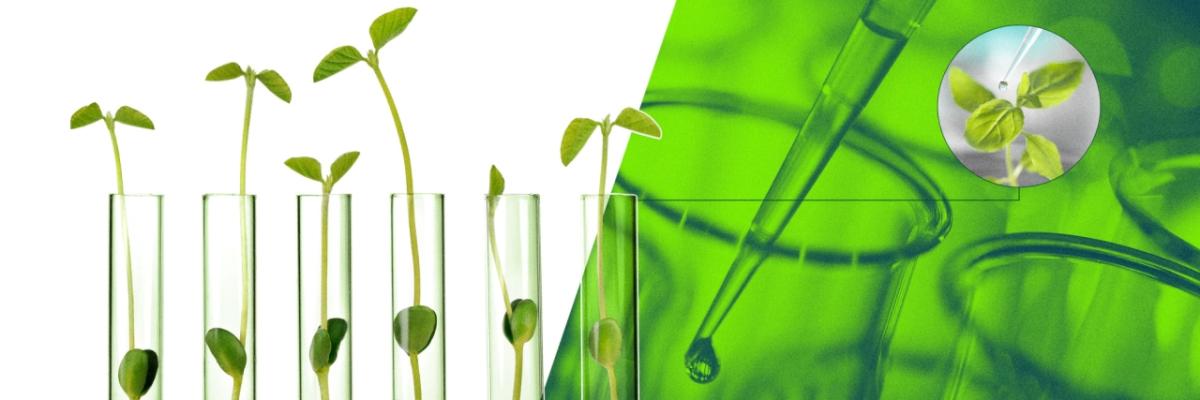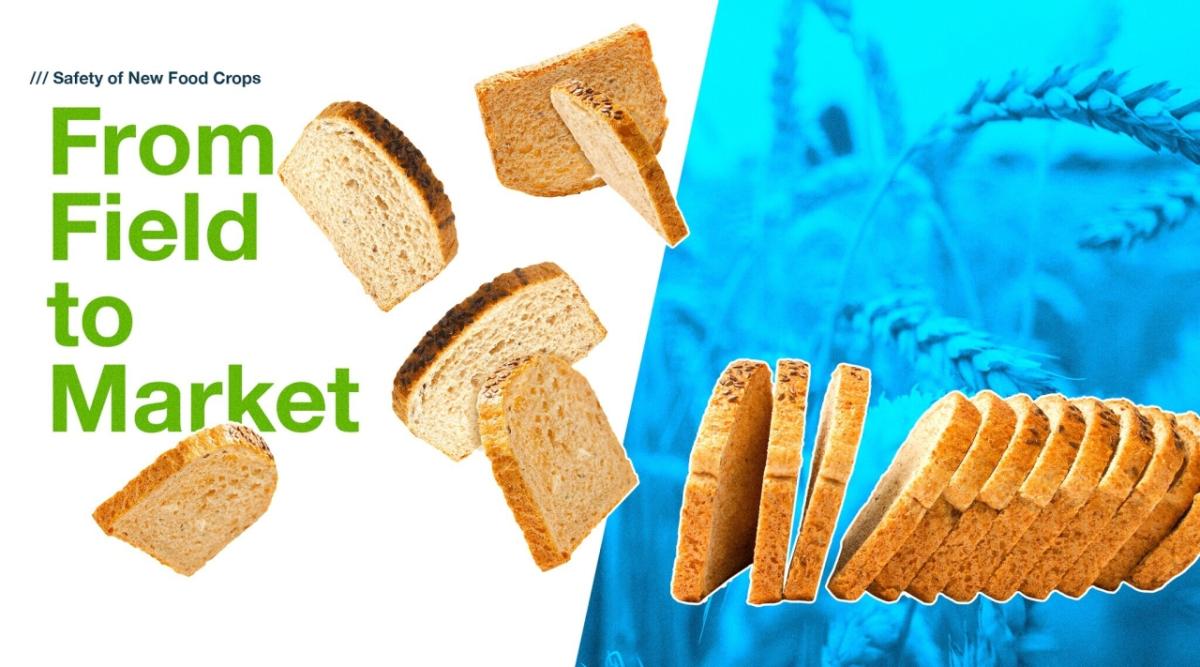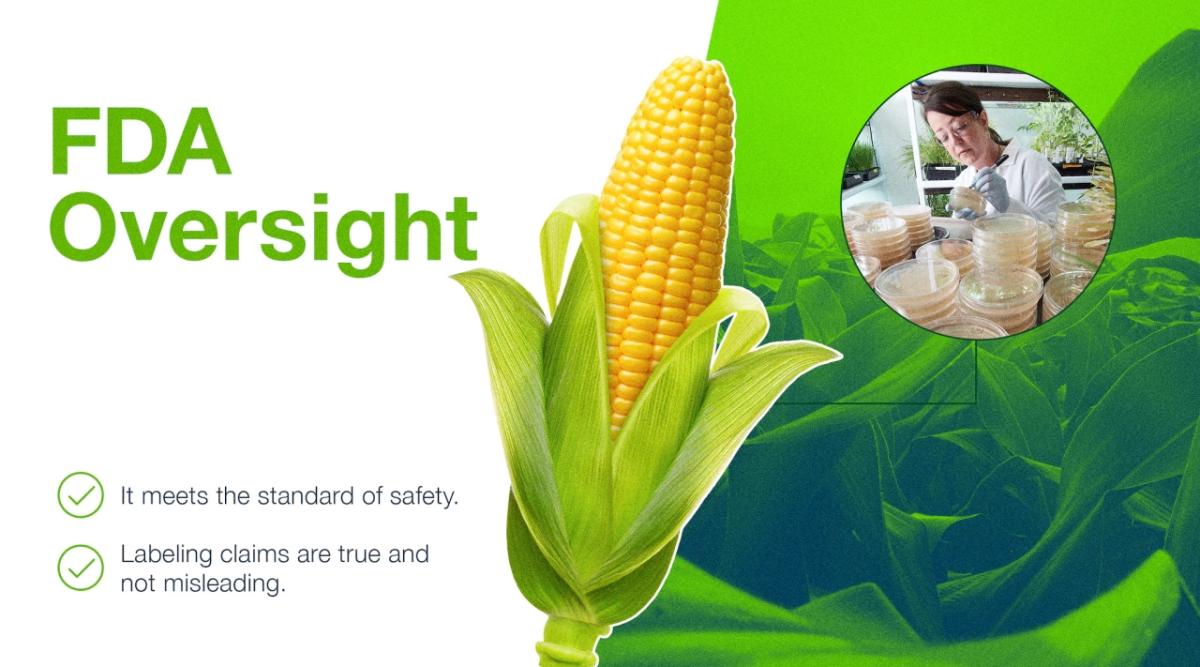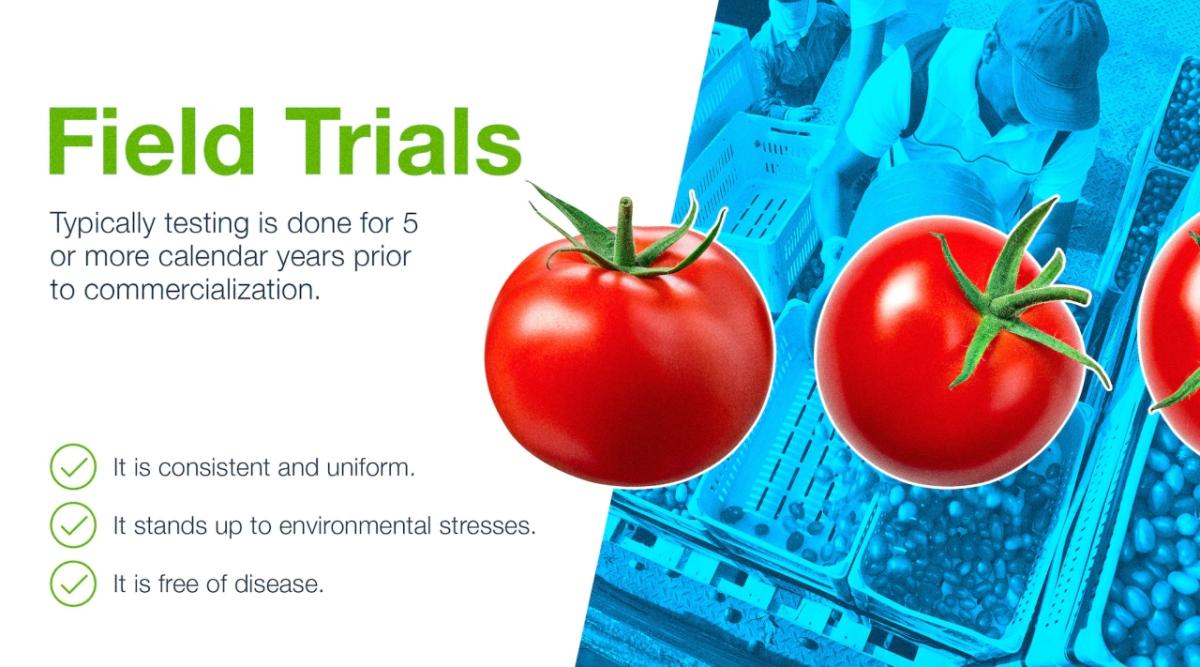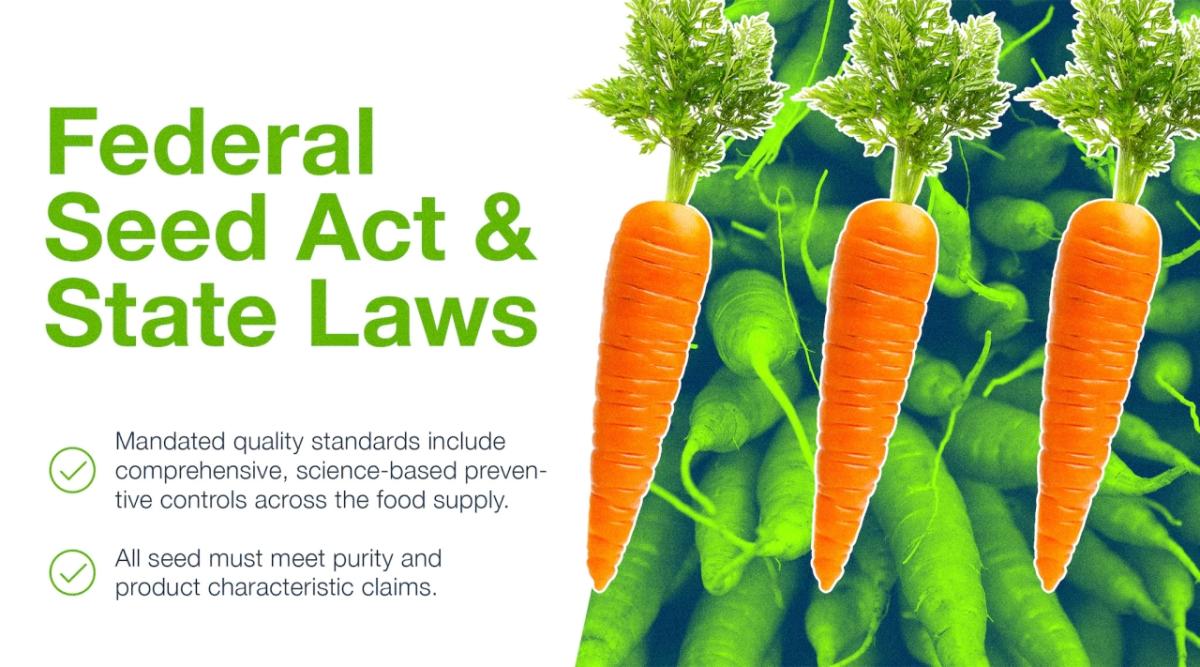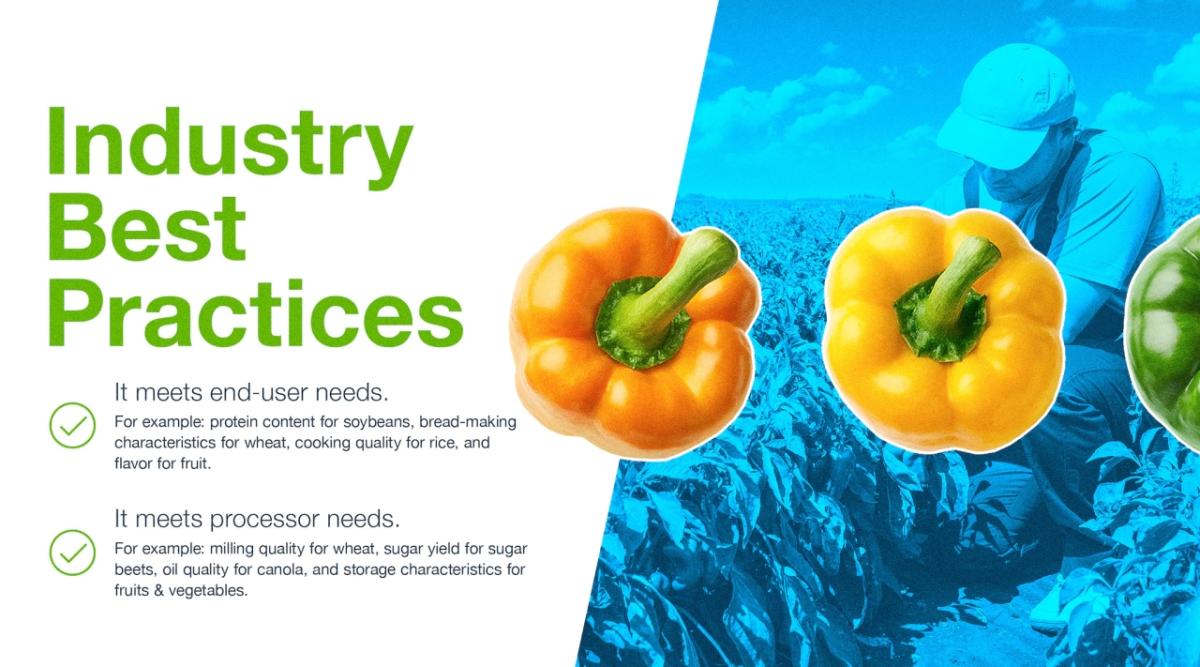Bayer: Plant Breeding Safety
Seed products produced through plant breeding are safe and well studied.
Regulatory authorities around the globe hold seed developers accountable for the safety of all new plant varieties placed on the market. This is true regardless of the technology used in the product’s development, including use of a wide range of plant breeding tools and methods. Regulators have long understood and trusted the safety of new varieties improved by plant breeding, which involves a rigorous selection process to deliver new crop varieties that are safe to grow and consume.
/// From Field to Market
Safety of New Food Crops
The scrutiny that plant breeders routinely apply to the development of new varieties through plant breeding is the foundation for our safe, nutritious and diverse food supply. When plant scientists select which varieties to cross to develop new lines (or offspring), they make those choices based on a great deal of information about each plant’s background, including its longstanding safety records. Additionally, this process must also consider the individual regulations of every country involved, especially as these standards may vary greatly from one market to another.
/// Case Study
Food Safety in the United StatesSupporting Farmers—and Consumers
Plant scientists rigorously test new varieties for a broad range of characteristics and quality attributes throughout the product development process (which can take 8-10 years or more).
To benefit consumers, breeders consider taste, color, texture and nutritional characteristics. Therefore, when breeding crops like watermelon, breeders look for quality features desired by consumers such as fruits without seeds.
For farmers, plant scientists focus on improving a crop’s yield, pest resistance and climate resilience. For example, when breeding corn, plant scientists look for certain agronomic traits (e.g., drought tolerance) in their selection criteria. This also means ensuring that crops perform across a wide variety of different fields or growing environments. These specific varieties are identified by conducting extensive product testing in fields and greenhouses across multiple, varying geographical locations.
"Just as we value safety as consumers, all partners in the agricultural food chain have a shared responsibility to produce safe food that has minimal impact on the environment."
- International Seed Federation
Only the Best Make the Cut
New plant varieties are typically also evaluated in multiple environments over several years to ensure consistent performance. This step helps to establish safety of the crop variety as scientists use stringent selection criteria throughout the development process. Over seven years, plant breeders will evaluate around 150,000 individual plants in order to select fewer than 10. That means only 0.1% of trial plants meet our stringent selection criteria.
More importantly, general food safety principles are recognized and embodied in national food laws around the world. Building on generations of knowledge and safe consumption, modern selective breeding techniques are enhanced by robust industry standards and governmental oversight to ensure the safety of new crop varieties brought to the market.
View original content here

